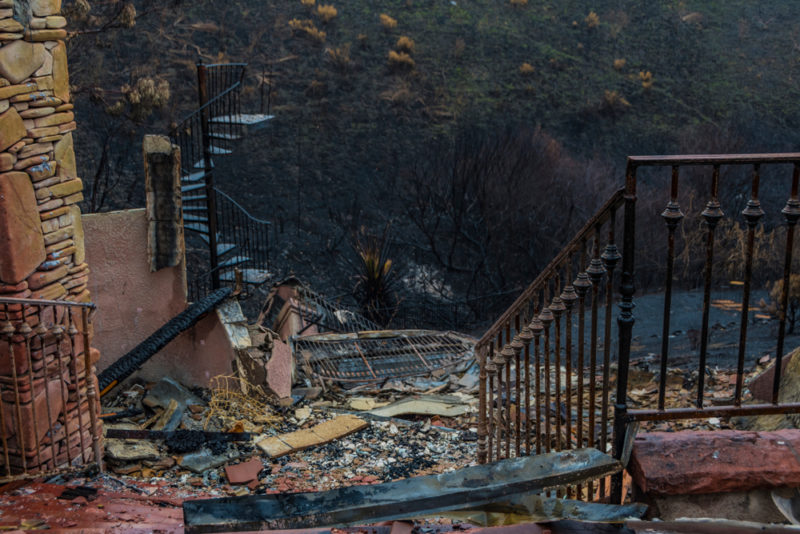Wildfires sweeping over sun-drenched, brush-covered landscapes of California is nothing new, but 2018 could be a particularly devastating year.
As a result of the 2018 fires, AccuWeather estimates the total economic loss to the Golden State could reach $400 billion. That figure includes loss of property, taxes, jobs, businesses and more.
In Malibu, which has averaged two major fires every decade, an estimated 1,500 homes were destroyed, with another 341 damaged in the recent Woolsey Fire.
Each successive blaze in the area has torched more homes – 100 structures in a 1956 wildfire, 103 in 1970, 230 in 1978 and 268 in 1993, according to a history compiled by the Malibu Times.
Besides the threat to life and property, there can be massive costs to taxpayers to fight wildfires.
The average cost of defending a home under threat from wildfires is about $82,000, says Ray Rasker, executive director of Headwaters Economics, a nonprofit focused on community development and land management decisions.
“People want to live with a national forest in their backyard,” Rasker told USA Today, and as a result “are building in harm’s way.”
Some policymakers believe it may be time to break the burn-rebuild-burn-again cycle.
According to Alice Hill, a fellow at Stanford University’s Hoover Institution, that might mean not rebuilding in an area repeatedly ravaged by wildfire and assisting those residents to relocate.
“It’s not just the homeowners at risk, it’s the firefighters,” Hill told USA Today. “There is a whole host of reasons not to build in an area.”
At a minimum, Hill said, areas prone to wildfire need stricter building codes – including the possibility of retroactive code revisions.
Read why relocating residents has a precedent at USAToday.com.
Photo: A damaged home in Malibu, Calif. following the 2018 Woolsey Fire / Shutterstock


